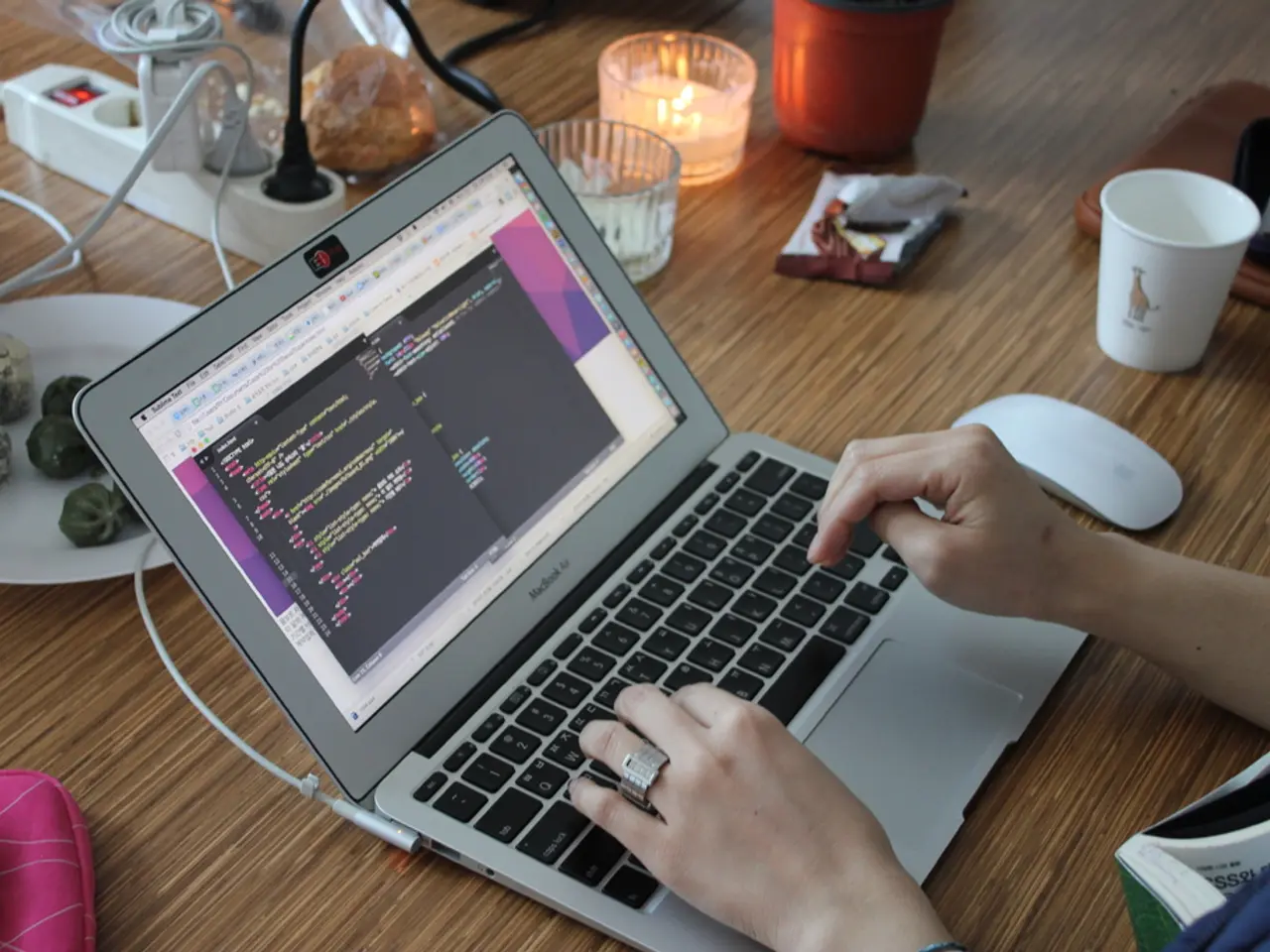2025 One-Second Morse Code Learning Challenge: Mastering Morse Code in a Single Second Increment
In the pursuit of learning Morse Code, a user named I_void(warranties) found that existing trainers did not cater to his specific learning style. To address this, he decided to create a custom Morse Code game using an Arduino Nano.
The game operates at a unique frequency of 1 Hertz, slowing down the Morse Code timing such that one basic time unit (dot duration) corresponds to one second. This design choice makes it easier for beginners to follow the stream of dots and dashes.
To build this Morse Code game, you'll need an Arduino Nano, an LED or buzzer for visual and audible representation of Morse Code signals, a PS/2 keyboard for input, and an 8-ohm speaker for the audible component.
The game's code is structured to encode letters and messages into Morse Code and output them with the correct timing. Dots are represented as short pulses (1 second), dashes as longer pulses (3 seconds), and appropriate spaces are included between dots/dashes, letters, and words.
Optionally, you can create a simple game interface on Arduino where the player listens or watches the Morse signals and tries to decode or respond within the 1Hz timing. This could involve using buttons or serial input to let the user guess the Morse letter, implementing scoring logic, and providing feedback via the buzzer and LED.
Key implementation points for this project include precise timing, efficient hardware connections, and well-structured code that uses arrays or binary encoding to represent Morse signals.
Here's an example of flashing SOS in Morse at slower speeds (like 1 Hz per dot):
```cpp const int ledPin = 13; // Built-in LED const unsigned long dotDuration = 1000; // 1 second for dot (1 Hz speed) const unsigned long dashDuration = 3 * dotDuration;
void setup() { pinMode(ledPin, OUTPUT); }
void dot() { digitalWrite(ledPin, HIGH); delay(dotDuration); digitalWrite(ledPin, LOW); delay(dotDuration); // spacing within character }
void dash() { digitalWrite(ledPin, HIGH); delay(dashDuration); digitalWrite(ledPin, LOW); delay(dotDuration); }
void loop() { // SOS: ... --- ... dot(); dot(); dot(); delay(dashDuration - dotDuration); // between letters dash(); dash(); dash(); delay(dashDuration - dotDuration); dot(); dot(); dot();
delay(7 * dotDuration); // gap between message repeats } ```
By adapting examples like this and tuning the timing to 1 Hz per dot, you can create an effective Morse Code learning game on Arduino Nano. The game's design is relatively efficient, though not necessarily quick to assemble. The game developed by I_void(warranties) is a one-second game, featuring an LED flash, beeping sound, and a character LCD for feedback.
For further development, you could consider adding features like user input for guessing Morse letters, scoring logic, and varying speed or complexity levels.
References: 1. Technoblogy: Flashing SOS Morse Code on Arduino LED using bitwise message encoding (https://www.technoblogy.com/2011/08/18/flashing-sos-morse-code-on-arduino-led-using-bitwise-message-encoding/) 2. SunFounder: Arduino Morse Code Trainer (YouTube) 3. TikTok: Arduino Morse Code Trainer (TikTok) 4. Hackaday: 1 Hz Morse Code (https://hackaday.com/2018/09/28/1-hertz-morse-code/)
The Arduino Nano gadget was utilized by I_void(warranties) to create a custom Morse Code game, demonstrating the versatility of technology in education. This game, operating at a unique frequency of 1 Hertz, could be further developed with additional features such as user input for guessing Morse letters, scoring logic, and varying speed or complexity levels.




